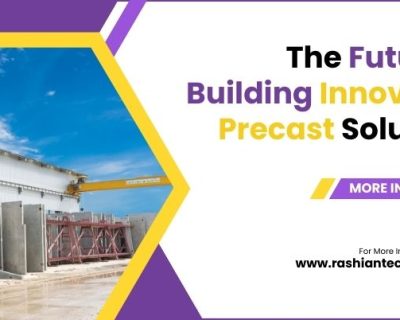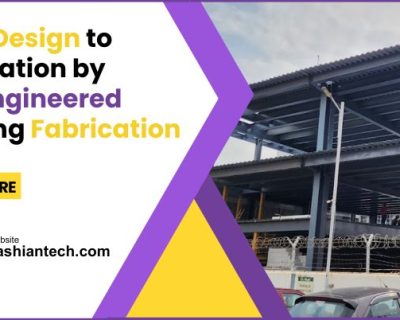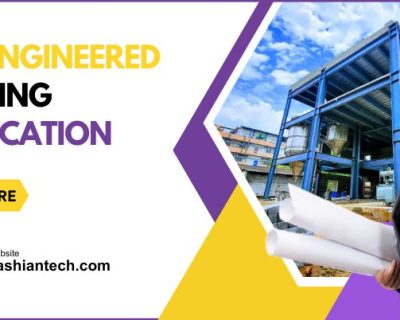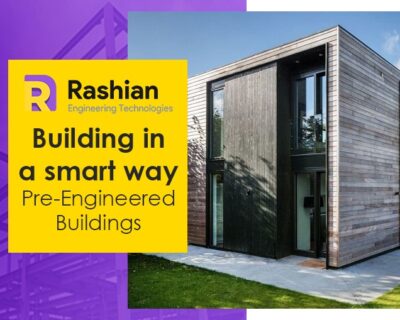Blog
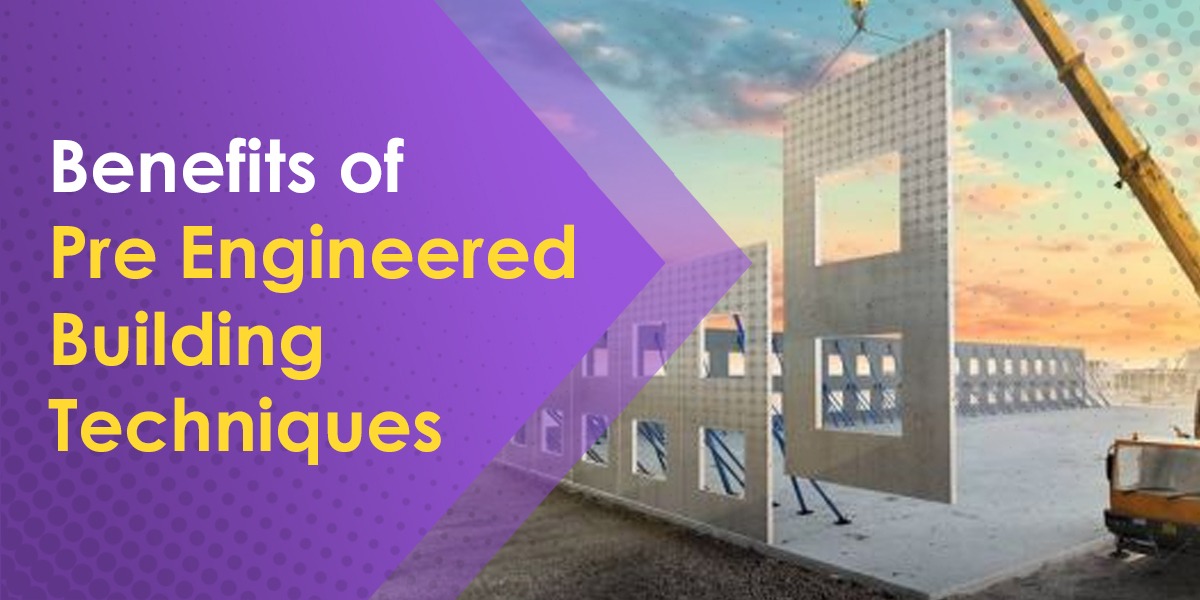
Learn some factors on how the pre-engineered building techniques will be beneficiary
There are lots of samples of pre-engineered buildings if you Google ‘pre-engineered buildings;’ when looking for certain facilities from a reputable organization. Garage church, or other building forms, etc. are such examples you can look at around you. You’ve already heard of these structures, but you might not be aware of all of the benefits that make them the best option for your project. But, before we get into the advantages, don’t you think we should define what a pre-engineered building is? Building parts that are made in a factory and constructed on-site are known as pre-engineered buildings (PEBs). PEBs are concrete structures that can be used instead of traditional structural steel buildings.
PEB structural parts are manufactured to precise sizes in the factory and then shipped to the job site to be assembled and prepared. This structural technique is often used to construct small commercial and manufacturing structures, factories, and storage units, among other things. Now, let’s look at some of the advantages that pre-engineered building strategies can provide to any construction owner.
Construction Time Reduction—
Buildings usually are delivered within a few weeks of the plans being approved. The foundation and anchor bolts have been cast parallel to the finished surface and are ready for site bolting. PEBs have the potential to significantly shorten the project’s overall build time. That also helps to build managers to achieve quicker occupancy and sales realization.
Durability and Strength—
For many people, a pre-engineered building is one of the most significant investments they would ever make, especially if it is used as their primary residence. Simply, you get what you pay for, and if you want a less expensive economy house, you can forego the reliability and stability associated with rigid frame construction.
Low Intensity
Buildings are made of high-quality cladding and steel paint that is applied in a regulated setting, resulting in long longevity and low maintenance costs.
Work on the building
Pre-engineered buildings do not need welding and are constructed entirely of bolts. The framed openings in each building are pre-punched at the factory; rendering installation of the customization components at ease. Aside from the advantages mentioned above, pre-engineered buildings have achieved a worldwide reputation for longevity, flood resistance, and earthquake resistance. PEBs are incredibly adaptable; they’re simple to set up, extend, change, and ship to new places. They are eco-friendly and can be aesthetically built with special designs. Pre-engineered building design occupies a special place in the construction industry because it is well suited to the requirements of contemporary engineering. For large industrial enclosures with thermal and acoustical features, it would be the only choice. The main benefit of metal fabrication is the speed at which it can be designed and constructed for a variety of structures.
Finally, several well-known firms have full-service architectural, engineering, and building field services, delivering responsible solutions to challenging design and construction issues. If you have any more questions about pre-engineered building techniques, feel free to seek advice from a professional.


